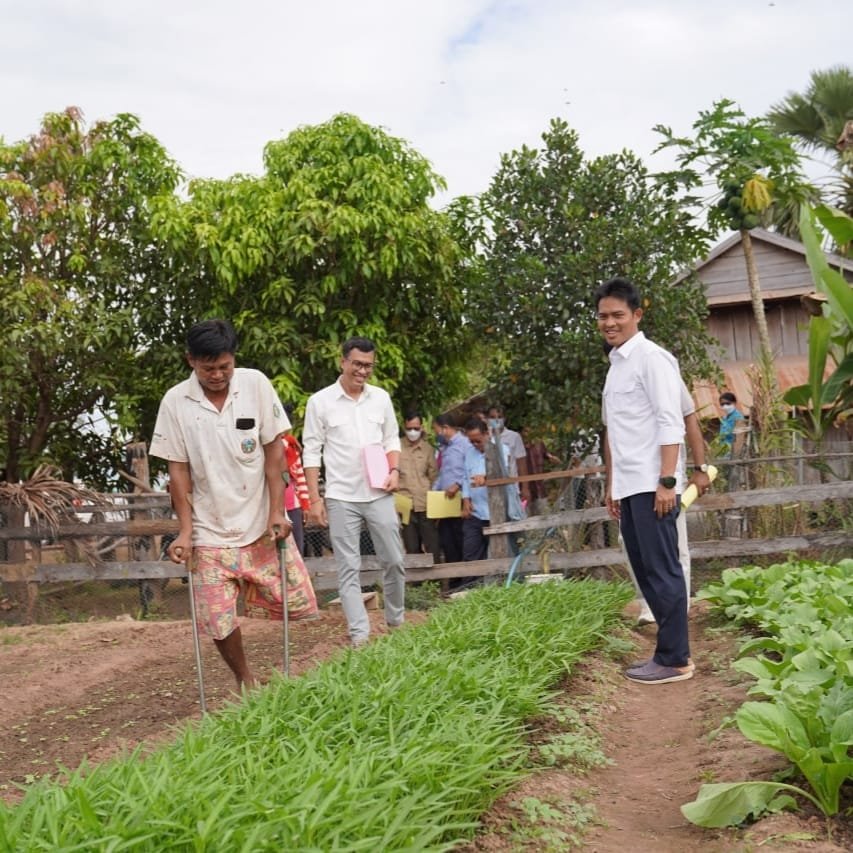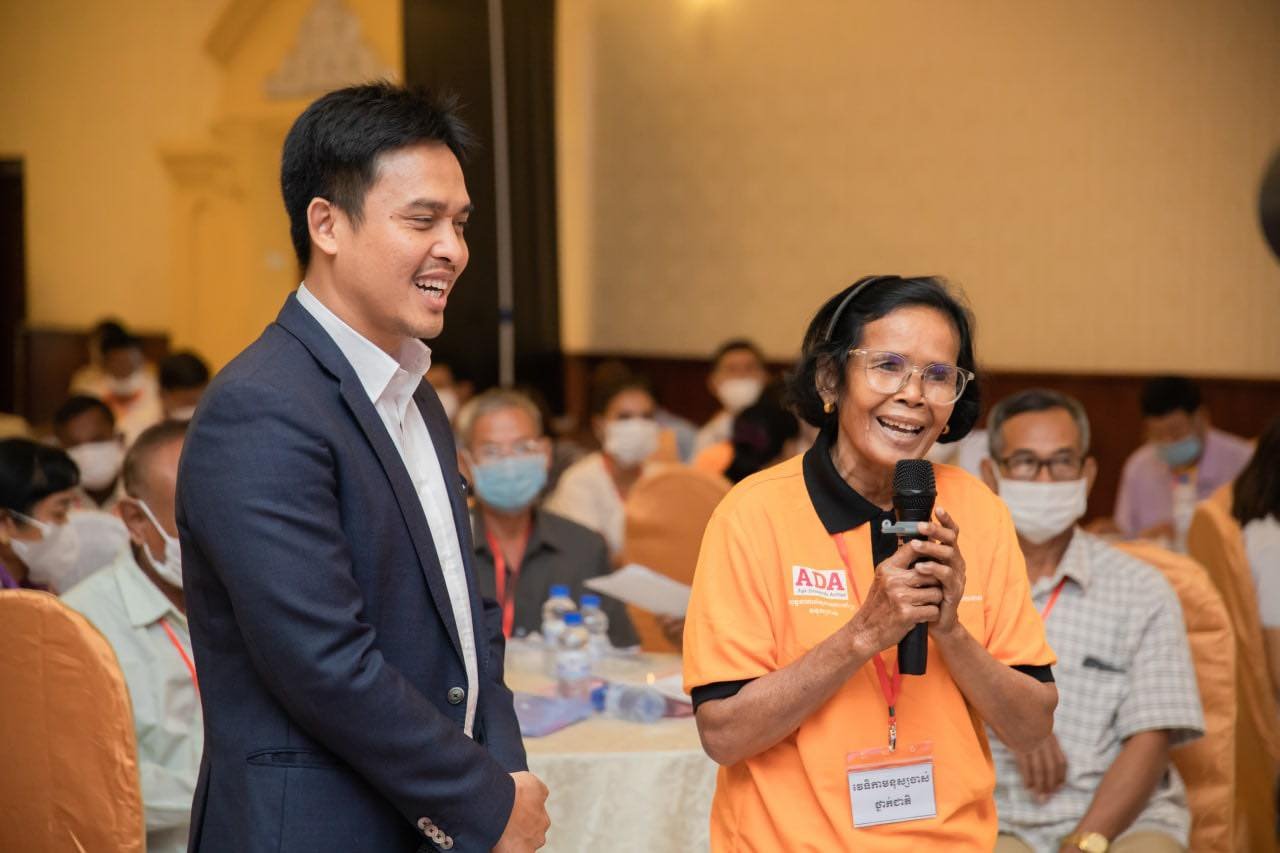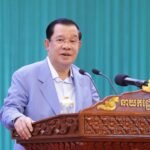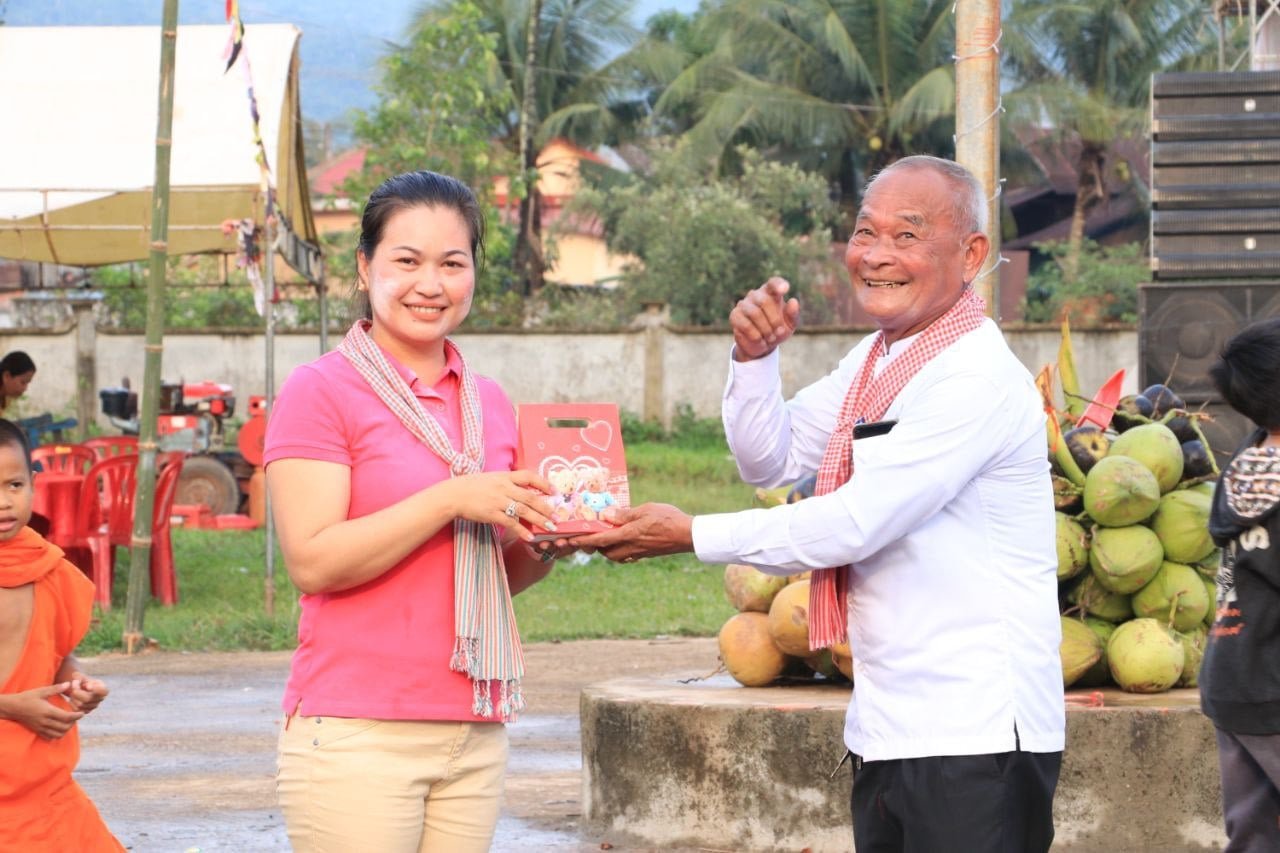Written by, H.E Samheng Boros
The Cambodian Socioeconomic Survey (CSES) is a survey that the Cambodian government does every two years. This survey takes a sample of 10,000 households from all over the country to get a full picture of the country’s living standards and poverty levels.
The National Institute of Statistics of the Ministry of Planning put together the 18th series of CSES reports, titled the Cambodia Socio Economic Survey 2021 (CSES2021). The CSES is funded by the Royal Government of Cambodia (RGC), and Statistics Sweden provides short-term technical support.
The CSES is a comprehensive questionnaire that spans 60 pages and includes questions on everything from living conditions to economic activities, health to education, and vulnerability to victimization and violence to well-being. This information is crucial for explaining the causes of poverty in the region.

The CSES also has information about where the people who were surveyed reside. This allows the Poverty Mapping model to add the approximate coordinates of each household, which makes the data even more useful for mapping.
Indicators on household status, health, education, housing conditions, household income and liabilities, household consumption, household economic activities (labour force), victimization, vulnerability, and other factors are provided by CSES2021, a comprehensive set of indicators on the living conditions of Cambodians.
These indicators provide statistical evidence that is helpful in formulating decisions and policies. The National Strategic Development Plan (NSDP) and Cambodia Sustainable Development Goals (CSDG) are both closely monitored by the RGC, which also uses survey data to estimate GDP (national accounts), conduct analyses of food security, national transfer accounts (NTA) in the generational economy, demographic dividends, and life cycle deficits, and develop effective policies for reducing and eliminating poverty in Cambodia.
The CSES results are used by other data users, such as the corporate sector, non-governmental organizations (NGOs), academic researchers, economists, analysts, university students, etc., in their professional careers to comprehend and analyze the socio-economic condition in Cambodia.

CSES2021 used a nationwide representative sample of 1008 sampling units (villages), which were split into 12 monthly samples of 10,080 households in 25 provinces. The goal of the sampling plan was to get estimates for the other cities, other rural areas, and the municipality of Phnom Penh.
The survey also gives estimates for four other areas: the Plain, the Tonle Sap, the Coastal, and the Plateau/Mountain Regions. The 2019 Cambodian Census of Population was used as a frame for the sampling.
The survey questionnaire is made up of four forms: CSES Form1-Household Listing Questionnaire, Form2-Village Questionnaire, Form3-Household Questionnaire, and Form4-Diary Questionnaire. The questionnaires were carefully made, and some changes were made to the consumption and spending modules to make it easier to separate food and non-food items than in previous surveys. In CSES2021, there are more questions about social security.

Starting in February 2021 and continuing through January 2022, the data was collected. The ten parts of the report on the results of the CSES2021/22 indicator are: 1. Demographic Characteristics, 2. Housing Conditions, 3. Agriculture, 4. Education, 5. Labor Force, 6. Health and Disability, 7. Victimization, 8. Household Income and Liabilities, 9. Household Consumption, and 10. Household Vulnerability.
The entire procedure of collecting data and building the Poverty Map model is executed with the assistance of artificial intelligence (AI) and machine learning (ML) algorithms. For example, deep neural networks were used to generate the land cover map that was extrapolated from Landsat images. Neural networks are a type of machine learning (ML) that divides images into layers so that sub-categories can be found based on the features they share and those that are unique to them.

Combining datasets to make a model of poverty in Cambodia is another thing that can’t be done without AI computing. The AI used is known as the random forest model.
Random forest is a popular machine learning technique developed by Leo Breiman and Adele Cutler that combines the output of numerous decision trees to produce a single conclusion. Its ease of use and flexibility, as well as its ability to tackle classification and regression challenges, have boosted its popularity.
This methodology converts large amounts of data into indications that help determine each region’s overall economic vulnerability. Ensembles are collections of models that look at the same data in different ways. The advantage of this method is that it is more accurate because the errors in the multiple models will not be the same.
Using this multi-pronged approach, the Cambodian Poverty Mapping Tool can identify the most influential variables and interpret large amounts of earth and socioeconomic data into simple indicators of poverty. These indicators assist in the identification of at-risk groups within a larger population.

The Cambodian Poverty Mapping Project addresses pressing issues about the core causes of economic vulnerability in communities. Poverty mapping tools, such as the Cambodian Poverty Mapping Tool, can also help answer concerns regarding where new services should be directed to have the greatest impact.
These services include locating basic infrastructure developments, allocating grant funds, and piloting conditional cash transfers to replace subsidies. As a result, more efficient programs for the most vulnerable individuals in a population can be developed and implemented.
H.E Samheng Boros is Minister attached to the Prime Minister, Royal Government of Cambodia and Chairman of National Social Assistance Fund Board (NSAF) and Secretary of State at the Ministry of Social Affairs, Veterans and Youth Rehabilitation (MoSVY).
Source:
1. Report of Cambodia Socio-Economic Survey 2021
2. Big data and Artificial Intelligence for mapping vulnerability in Cambodia








